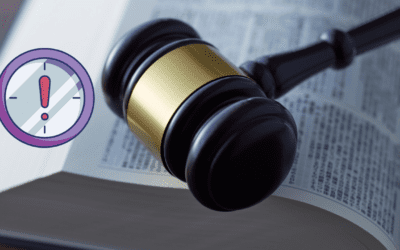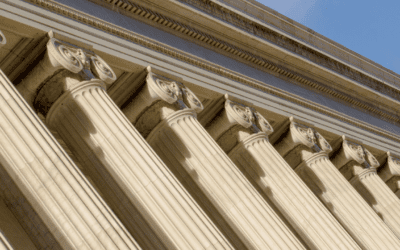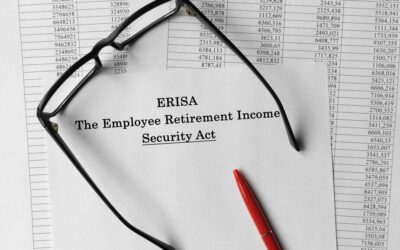You have likely heard of the Employee Retirement Income Security Act (ERISA) that establishes minimum standards for pension plans in private industry. But, do you know anything about the agency that manages it? To best understand ERISA, it is important to know the history and structure of the agency that manages it.
Pensions have a complicated history in the United States dating back to the Progressive Era of the early 1900s. Many agencies have been involved in the management and regulation of pensions since then.
The Employee Benefits Security Administration (EBSA), which falls under the Department of Labor, is tasked with the administration, regulation and enforcement of Title I of ERISA. The EBSA is in charge of one aspect of ERISA, but the agency was founded in 1970 before the law was passed in 1974. Prior to ERISA, the EBSA and the Department of Labor shared a somewhat overlapping role with the Internal Revenue Service in the regulation of pensions.
How did ERISA affect the EBSA?
Since ERISA passed in 1974, the titles of the law have clarified the job descriptions of each agency. Title I, which is the responsibility of the EBSA, protects the interests of employee benefit plan participants and beneficiaries. Title II, which is the responsibility of the IRS, defines the standards of employee benefit plans to receive favorable tax treatment under the law.
In simpler terms, the EBSA protects the interest of those invested in pension programs while the IRS protects the government’s interest in funding the law.
Expansion of the EBSA
Key pieces of legislation have expanded the authority of the EBSA since 1984. Laws related to HIPPA, fiduciary investment, and responsibility, rights of beneficiaries and health care requirements of government employees now fall under EBSA.
The agency now employs 1,000 people in Washington D.C. and is led by the Assistant Security of Labor for Employee Benefits, a position that is filled via Presidential nomination and confirmation by the Senate.
When should you go to a lawyer versus the EBSA?
You can file a report against an employer through the EBSA. The agency will investigate your claim and seek action against the employer, but they do not have the capacity to seek compensation on your behalf.
Because ERISA law is complex, government agencies can be inefficient in the handling of your claim. This is where a claims law firm can step in to help aggressively defend your rights and the benefits owed to you.






